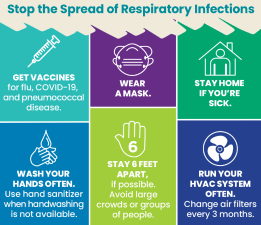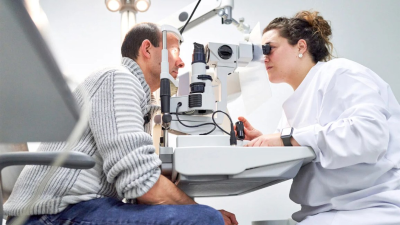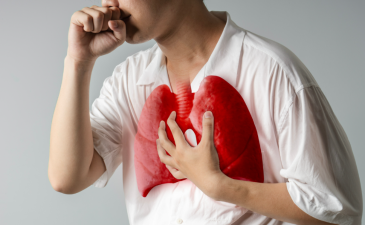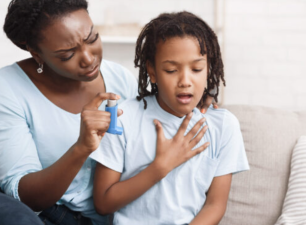How Dangerous Is the New Respiratory Virus Going Around?
Respiratory viruses are pathogens that spread through droplets, contact, and aerosols. They are only 60-140 nanometers in diameter, equivalent to one-thousandth the thickness of human hair. Unlike seasonal pollen, these viruses are active year-round, especially in the cool, dry conditions of autumn and winter, where they survive longer and are more contagious.
Respiratory viruses are pathogens that spread through droplets, contact, and aerosols. They are only 60-140 nanometers in diameter, equivalent to one-thousandth the thickness of human hair. Unlike seasonal pollen, these viruses are active year-round, especially in the cool, dry conditions of autumn and winter, where they survive longer and are more contagious.

How dangerous is the new respiratory virus (respiratory syncytial virus)?
Respiratory syncytial virus (RSV) is a single-stranded RNA virus that is susceptible to people of all ages. It is primarily transmitted through droplets produced by coughing or sneezing, invading the nasopharyngeal mucosa and respiratory epithelial cells, causing respiratory infections. Although it is a self-limiting disease and not particularly toxic to healthy adults, it can be extremely harmful and even life-threatening to the elderly and children with compromised immune systems.
Characteristics of RSV
- Attacks the Lower Respiratory Tract, Leading to Bronchiolitis
Unlike cold and flu viruses, which target the upper respiratory tract, RSV specifically attacks the lower respiratory tract, causing bronchiolitis.
Bronchiolitis is an inflammation of the lower airways, which can cause typical symptoms: wheezing, shortness of breath, and even respiratory arrest and death. Studies show that RSV hospitalizes 58,000 to 80,000 children in the United States each year, and over 8% of children with RSV die.
- Ability to Hybridize with Influenza Viruses
Another reason RSV is so dangerous is that it can hybridize with influenza viruses, creating a new, even more dangerous hybrid virus. Children, whose immune systems are naturally weaker than adults, can become more severe if they also have a cold or COVID-19 infection, increasing the risk of developing the disease. Studies have found that when respiratory syncytial virus and influenza virus simultaneously infect human lung cells, they fuse to form a palm-tree-like hybrid virus—the respiratory syncytial virus forming the trunk and the influenza virus forming the leaves. This combination enhances immune evasion. Even in the presence of influenza virus antibodies, respiratory syncytial virus can still attack lung cells and infect patients, significantly worsening their condition and increasing the likelihood of fatal lung infections.

How to prevent viruses?
- Vaccination
Mucosal protection: Based on a professional doctor's evaluation, nasal spray immunizers (such as interferon spray) can block viral attachment and reduce the risk of infection.
- Interrupting transmission
Mask selection: Wear a protective mask (with a filtration efficiency of ≥95%) in public places.
Hand disinfection: After touching door handles and elevator buttons, scrub with a hand sanitizer containing 75% alcohol for 20 seconds.
- Environmental purification
Ventilation strategy: Open windows three times daily for ≥30 minutes each time to dilute the indoor viral concentration. Air disinfection: Using an ultraviolet circulating air disinfector (CADR value > 350m²/h) can inactivate 90% of virus particles in the air.









